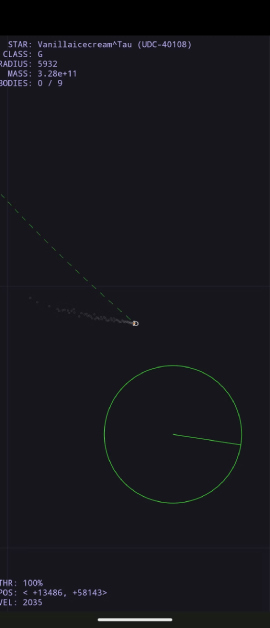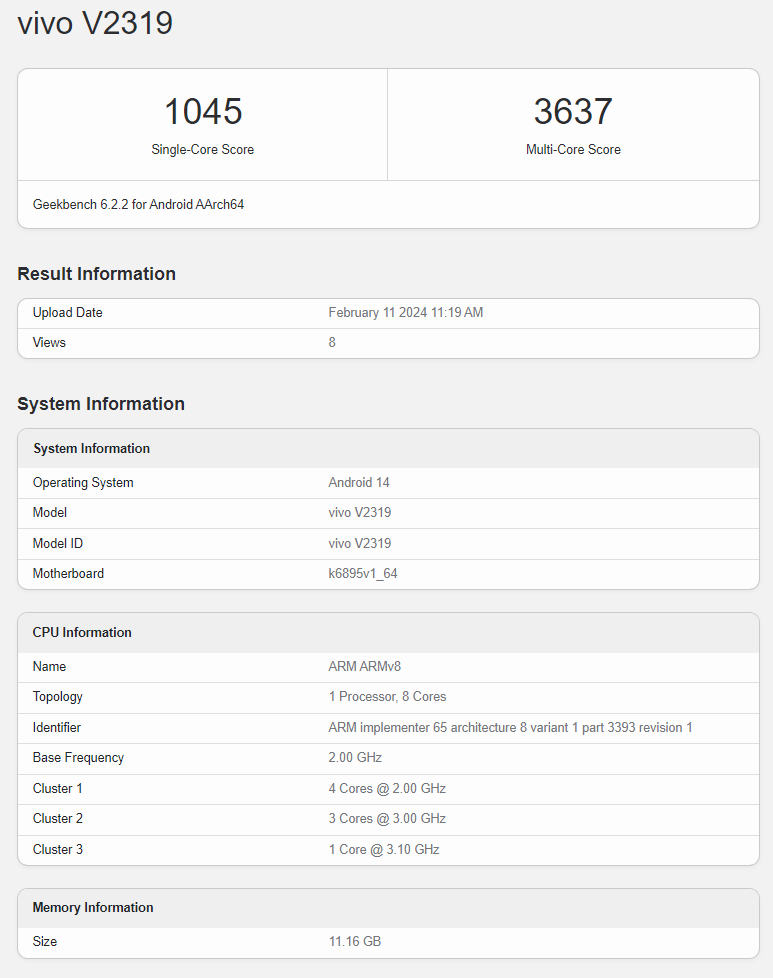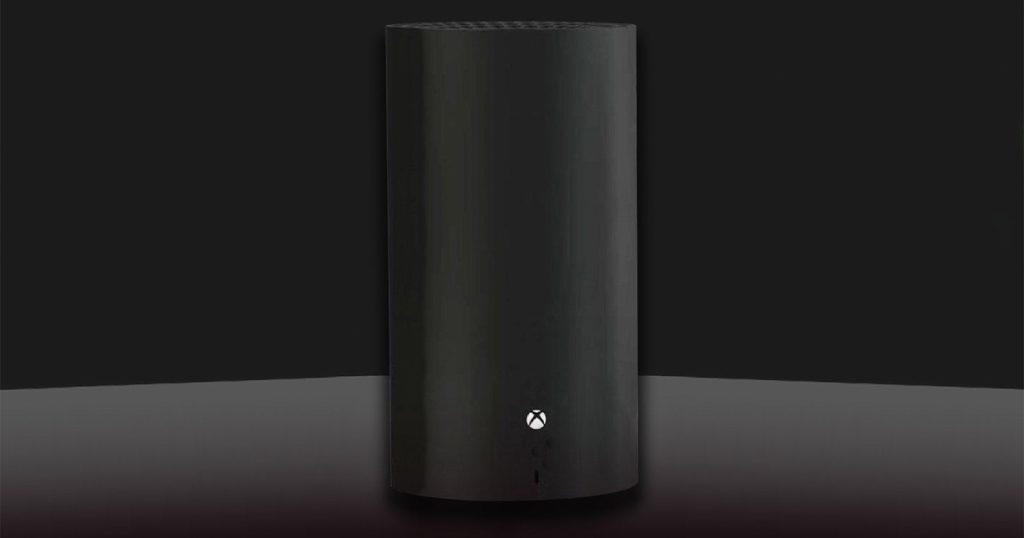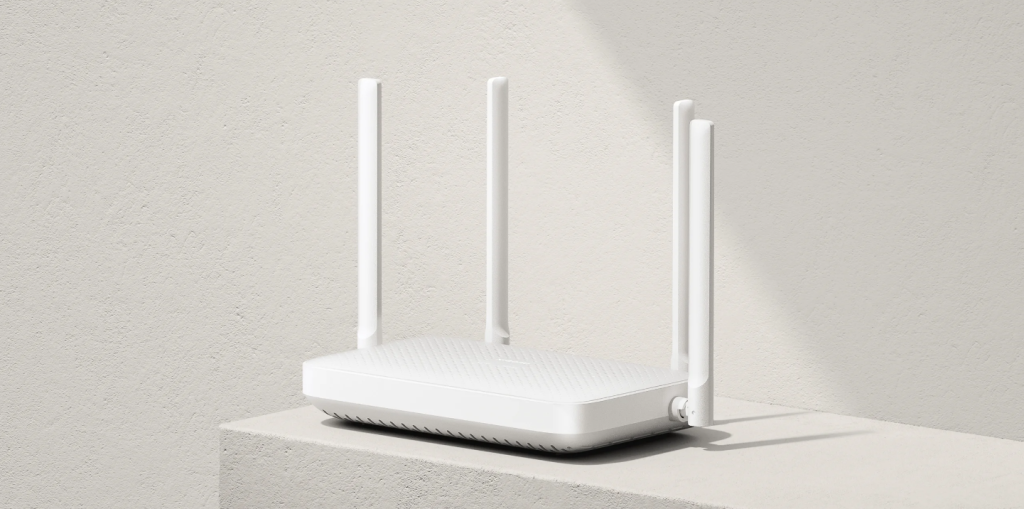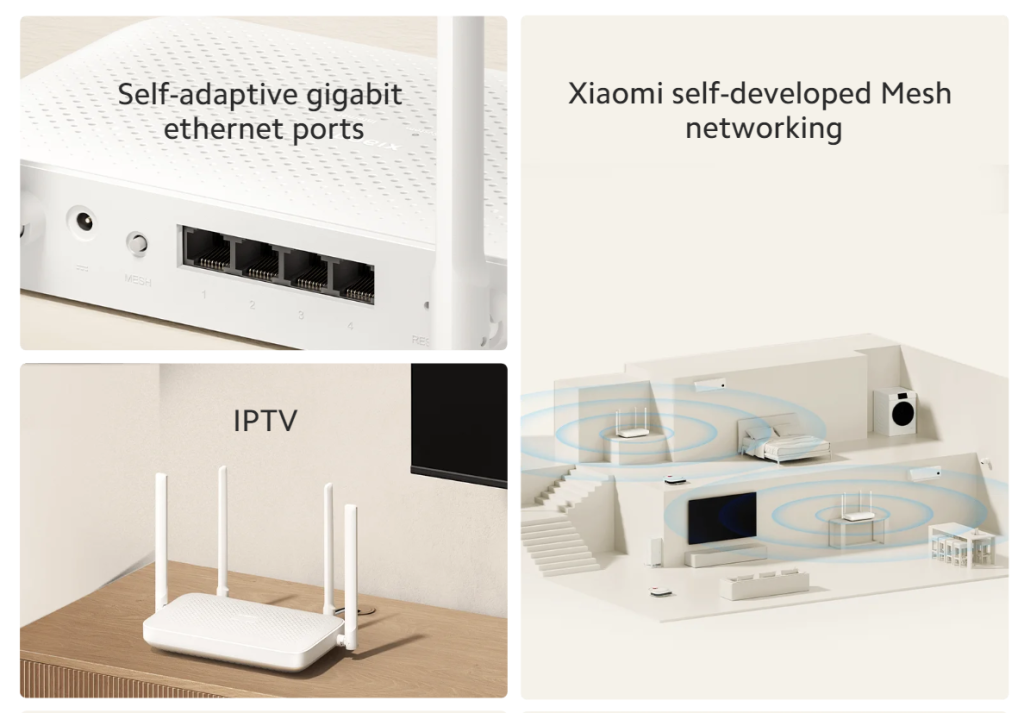Recent reports indicate that Asus is preparing to unveil the Zenfone 11 and Zenfone 11 Ultra in various markets. A recent leak has divulged almost everything about the Zenfone 11 Ultra, suggesting similarities with the ROG Phone 8. In a recent leak, prominent leaker Evan Blass shared high-quality renders of the device, showcasing its four color options.
Asus Zenfone 11 Ultra HQ renders

The previous leak revealed that the Zenfone 11 Ultra will be available in five shades, such as Eternal Black, Skyline Blue, Misty Gray, Verdure Green, and Desert Sienna. However, the HQ renders shared by Blass do not show the green variant of the device.

The general design of the Zenfone 11 Ultra is not different from the ROG Phone 8 series. Apart from a slight change in the rear camera design, all the other design elements are quite similar between the Zenfone 11 Ultra and the ROG Phone 8 series. Here is a look at the previously leaked specifications of the 11 Ultra.
Asus Zenfone 11 Ultra specifications




The Zenfone 11 Ultra is expected to feature a 6.78-inch FHD+ AMOLED LTPO panel that will support up to a 144Hz refresh rate. The device is expected to ship with the Android 14 OS and feature an in-screen fingerprint scanner for security.
The 11 Ultra will have a 32-megapixel front-facing camera. The back panel of the device will feature a gimbal OIS-enabled 50-megapixel IMX890 main camera, a 13-megapixel ultra-wide lens, and an OIS-assisted 32-megapixel telephoto camera with 3x optical zoom.
The Snapdragon 8 Gen 3 chip will power the Zenfone 11 Ultra. It will arrive with up to 16 GB of LPDDR5x RAM and up to 1 TB of UFS 4.0 storage. The device will pack a 5,500mAh battery with 65W wired and 15W wireless charging support.
RELATED:
- Big Discount: AOOSTAR R1 N100 NAS Mini PC Only For $159
- Get latest Oneplus 12 Phone for $699 on Geekwills
- Get $100 Off on Vivo X100 Pro at Giztop
- Best VR / AR Headsets of 2023 – Gizmochina
- Realme 12 Pro review: Portrait master with impressive design
(source)







